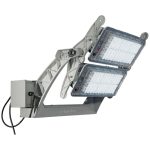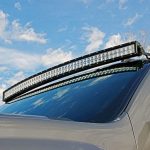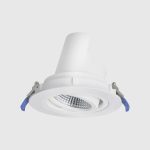Quick Fix: How to Repair a Cut LED Light Strip in Minutes

LED light strips are a popular choice for both home and commercial lighting solutions. They offer a wide range of colors and brightness levels, making them perfect for creating ambiance and setting the mood. However, despite their durability and longevity, LED light strips can still be susceptible to damage. One common issue that users encounter is a cut or broken LED light strip. Fortunately, this problem can be quickly and easily fixed in just a few minutes, without the need for professional assistance. If you’re facing a broken LED light strip, don’t panic. With a few simple tools and some basic knowledge, you can repair your light strip and get it back up and running in no time. Whether you accidentally cut the strip while installing it or it got damaged due to wear and tear, this guide will show you how to fix the issue and get your LED light strip shining bright once again. So, grab your tools and let’s get started on this quick fix!
LED light strips have become a preferred lighting option for both residential and commercial purposes due to their flexibility, durability, and color variety. While they are highly reliable, accidents do occur, and the light strip may get cut, resulting in a loss of light and functionality. In situations like this, repairing the cut LED light strip can be done in minutes, saving you valuable time and money. This article will provide you with the necessary steps to repair the cut LED light strip, ensuring that you can continue to enjoy the benefits of LED lighting without any interruption.
Gather Your Tools

When repairing a cut LED light strip, the first step is to gather all the tools needed to complete the task. These tools include a soldering iron, solder, wire strippers, heat shrink tubing, and a heat gun. A soldering iron is necessary to connect the cut LED light strip wires back together, while solder is used as a conductive material to join the wires. Wire strippers are required to strip the insulation from the wires, allowing for a clean soldering connection. Heat shrink tubing is used to cover the soldered connection and protect it from damage. Finally, a heat gun is used to shrink the tubing around the soldered connection. It is important to ensure that all tools are in good working condition before beginning the repair process. A faulty soldering iron or wire strippers can result in a poor connection, which may cause the LED light strip to malfunction. Additionally, it is important to use the correct size of heat shrink tubing to ensure a snug fit around the soldered connection. By gathering all the necessary tools and ensuring they are in good condition, the repair process can be completed quickly and efficiently.
If you’re looking to repair a cut LED light strip, the first step is to gather your tools. You’ll need a few key items, including scissors, a soldering iron, solder, and electrical tape. Once you have everything you need, you’ll want to find a clean, well-lit workspace where you can work comfortably. This will help you see what you’re doing and make the repair process a whole lot easier. By taking the time to gather your tools and set up your workspace, you’ll be well on your way to repairing your cut LED light strip in no time.
Identify the Cut
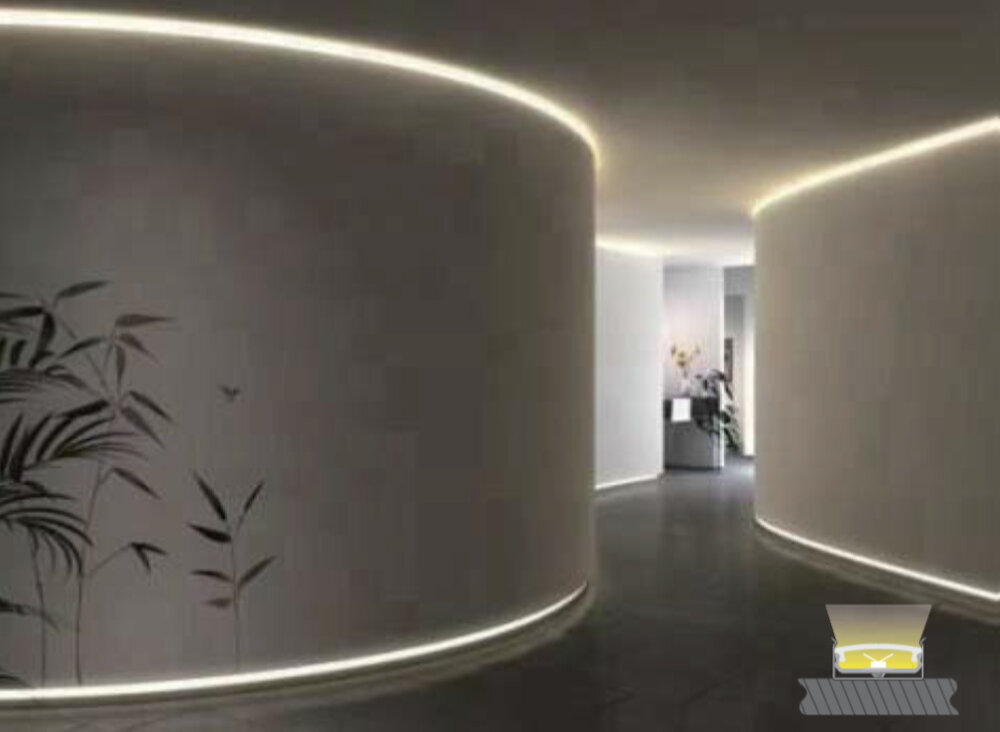
Identifying the cut in an LED light strip is a crucial step in repairing it quickly and efficiently. A cut in the strip can occur due to several reasons, including accidental damage or a manufacturing defect. The cut can result in a loss of power, and the affected section of the strip may not light up. To identify the cut, the first step is to examine the strip carefully for any visible damage. Look for any breaks, cracks, or visible cuts in the strip’s surface that may be causing the problem. If there are no visible signs of damage, the next step is to use a multimeter to test the voltage in different sections of the strip. This will help identify the specific area where the cut is located. To do this, connect the multimeter to the strip’s power source and test the voltage in different sections of the strip until you find a section with little or no voltage. Once you have identified the cut, you can proceed with repairing it using a quick and easy fix that will have your LED light strip back up and running in minutes. In conclusion, identifying the cut in an LED light strip is an essential step in repairing it effectively. By carefully examining the strip and using a multimeter to test the voltage in different sections, you can quickly locate the problem and proceed with the necessary repairs. With the right tools and know-how, you can fix a cut LED light strip in minutes and avoid the expense of replacing the entire strip.
Once you have located the cut in your LED light strip, the next step is to carefully remove any additional plastic or silicone that may be covering the area. By doing so, you will have a better view of the cut and can proceed with the necessary repairs. Using a sharp pair of scissors, trim away any excess material around the cut to ensure that you have a clean and clear area to work with. This will make it much easier to fix the issue and ensure that your LED light strip is back to working properly in no time.
Solder the Cut
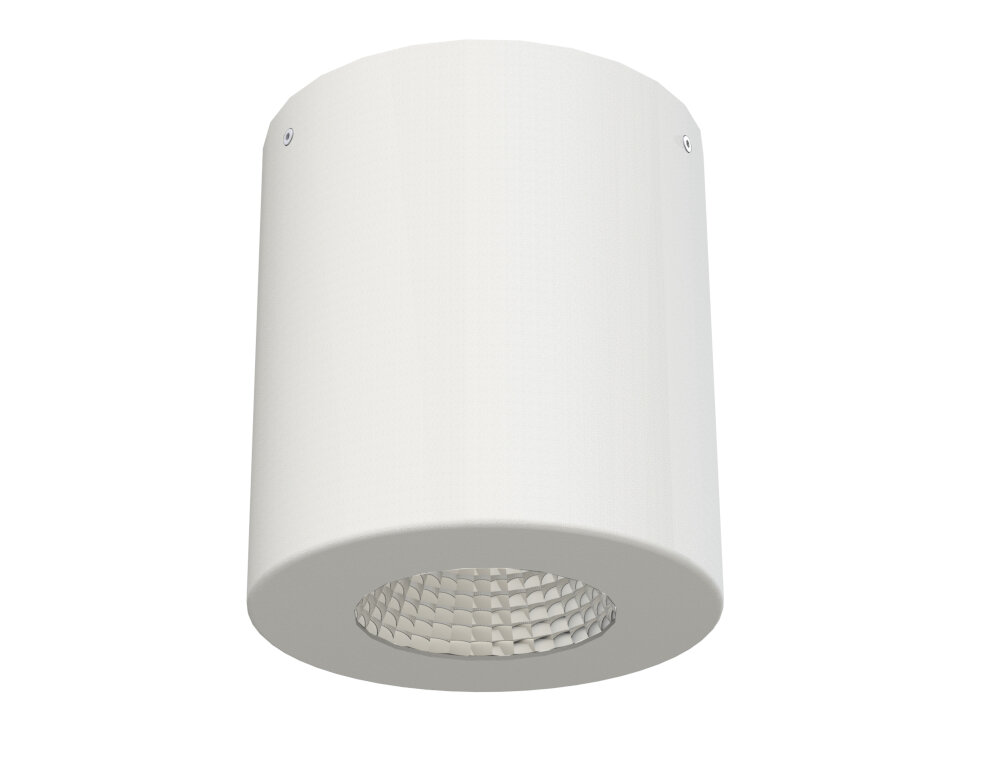
When repairing a cut LED light strip, one crucial step is to solder the cut. Soldering involves melting a metal alloy between two electrical components to create a permanent bond. In the case of a cut LED light strip, soldering is necessary to reconnect the circuit and restore power to the affected section. To solder the cut, you’ll need a soldering iron, a spool of solder, and some flux. First, heat up the soldering iron, then apply a small amount of flux to the cut ends of the LED strip. Next, heat up the solder and apply it to the cut ends, making sure it flows evenly and covers the exposed wires. Hold the cut ends together until the solder has cooled, creating a strong bond. Proper soldering technique is essential to ensure a secure and reliable repair. It’s important to note that soldering should only be attempted by those with experience or under the guidance of a professional. Improper soldering technique can lead to damaged components or even electrical fires. If you don’t feel comfortable soldering the cut, it’s best to seek out a professional technician. Additionally, it’s important to use caution when working with electrical components and to always follow safety guidelines to prevent injury or damage to equipment. By taking the necessary precautions and following proper soldering technique, you can quickly and effectively repair a cut LED light strip and restore it to full functionality.
If you’re looking to repair a cut LED light strip, then using a soldering iron is the way to go. Heat up the metal pads on either side of the cut and apply a small amount of solder to each one. However, be careful not to touch the LED lights with the soldering iron to avoid any potential damage. Once the solder has cooled, protect the soldered area with electrical tape. This will help to prevent the repaired area from being damaged and ensure that your LED light strip is back to working order in no time. With this quick fix, you can get back to enjoying the beautiful lighting that your LED strip provides!
Test the Repair
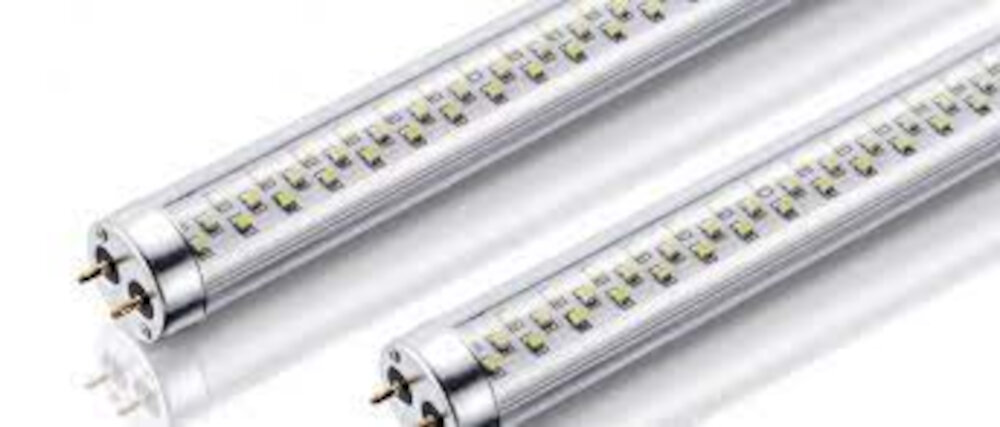
After repairing a cut LED light strip, it is important to test the repair to ensure that it has been done successfully. To do this, plug in the power supply and turn on the light strip. Check the entire length of the strip to see if there are any sections that are not lighting up or are flickering. If the entire strip is working properly, then the repair has been successful. If there are still issues, then there may be a problem with the repair or with the power supply. If there are still issues with the LED light strip after testing, it is important to troubleshoot the problem further. Check the soldering job to ensure that it is solid and that all connections are secure. If the soldering job looks good, then there may be an issue with the power supply. Check the voltage on the power supply to ensure that it matches the specifications of the LED light strip. If the voltage is too high or too low, it can cause issues with the strip. By thoroughly testing the repair and troubleshooting any issues that arise, you can ensure that your LED light strip is functioning properly and will provide the desired lighting effect.
In the article titled \Quick Fix: How to Repair a Cut LED Light Strip in Minutes,\ it’s advised that after soldering and covering the cut, the next step is to plug the LED light strip into a power source and test the repair. This step is crucial as it allows you to confirm if the repair was successful or not. If the lights are working properly, then congratulations, you’ve successfully repaired the cut. However, if the lights aren’t working, it may be necessary to repeat the soldering process or seek professional help. It’s essential to ensure that the repair is done correctly to avoid damaging the LED light strip further.
If you’re dealing with a cut LED light strip, don’t fret – repairing it is easier than you might think! With the right tools and a bit of knowledge, you can fix the issue in minutes and save yourself the hassle and expense of replacing the whole strip. By following a simple step-by-step process, you can identify the issue, prepare the strip for repair, and use soldering techniques to reattach the wires and get your lights shining again. Whether you’re a DIY enthusiast or just looking to save a few bucks, repairing a cut LED light strip is a simple and rewarding process that anyone can do.
Conclusion
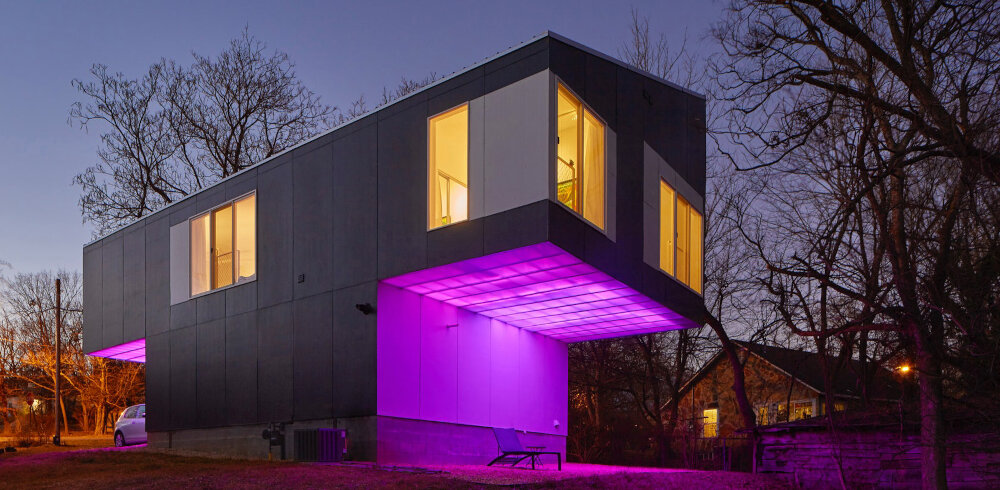
In conclusion, repairing a cut LED light strip is a quick and easy process that can be done in just a few minutes. By following the steps outlined in this guide and using the proper tools and materials, anyone can fix a damaged LED light strip and restore it to working condition. Whether you are a DIY enthusiast or simply looking to save some money on repairs, repairing a cut LED light strip is a great way to extend the life of your lighting fixtures and ensure that they continue to provide bright, efficient illumination for years to come. So don’t hesitate to give it a try and enjoy the benefits of a well-functioning LED light strip today!

